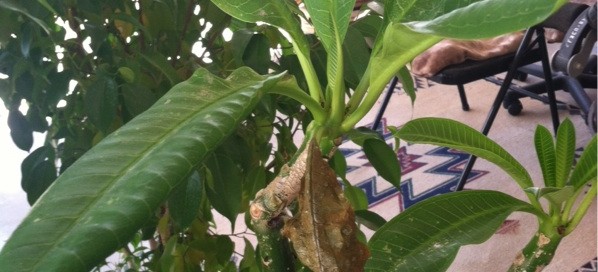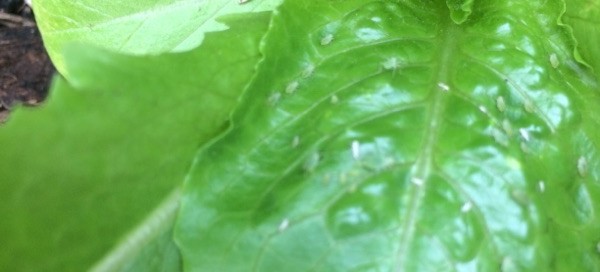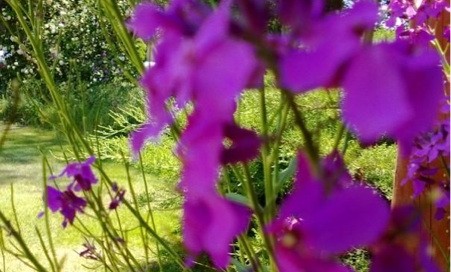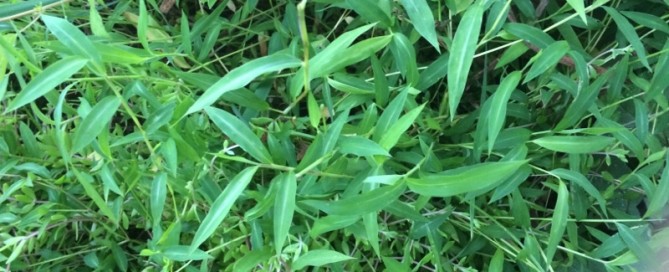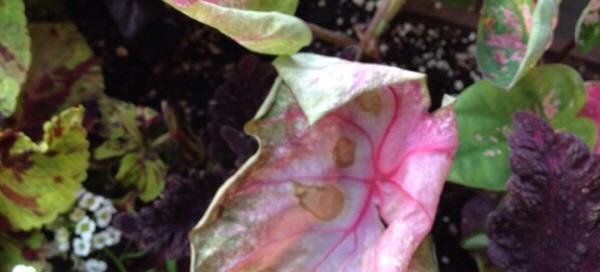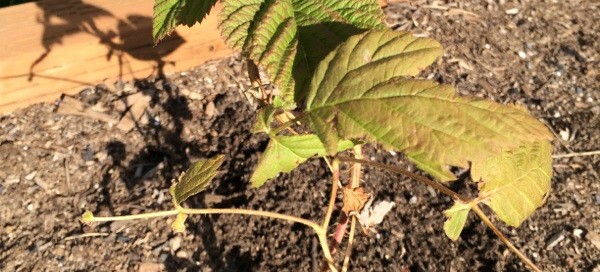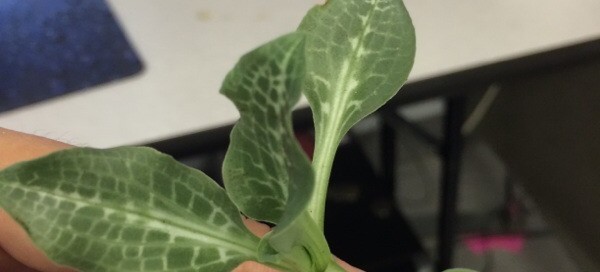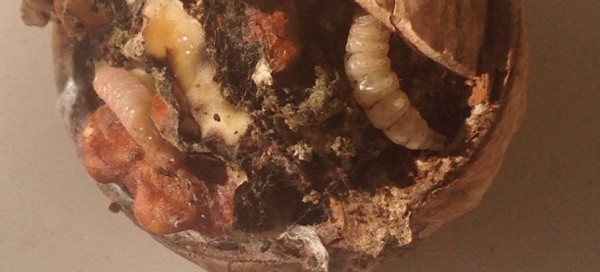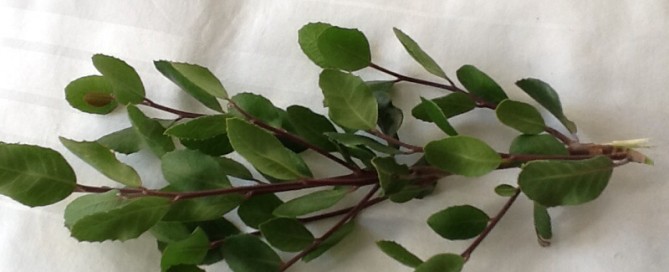Plumeria Problem
Please accept our apologies for the delay in responding! Plumerias (also known as Frangipani,) need well-draining soil, full or partial sun and regular water. Make sure drainage occurs from the bottom of the pot with each watering. Fertilize with an acid food such as cottonseed meal. From what we can see in this photo, there are a couple of possible causes of leaf death, including lack of sunlight (especially if it is indoors), improper soil moisture (watering), and/or spider mite damage. We recommend you move the plant into full sun but away from any walls or fences that can reflect/increase light intensity and heat, and use a magnifying lens to look for spider mites (although we think the problem is more the result of inadequate light and or irregular watering) on both the upper and lower surface of the leaves. We've included a link about spider mites and another about Plumeria from the Plumeria Society:
http://www.ipm.ucdavis.edu/QT/spidermitescard.html
http://www.plumeria.org/Tech_Info/Tech_info.htm
